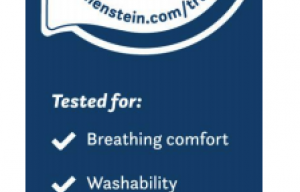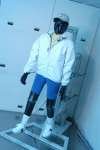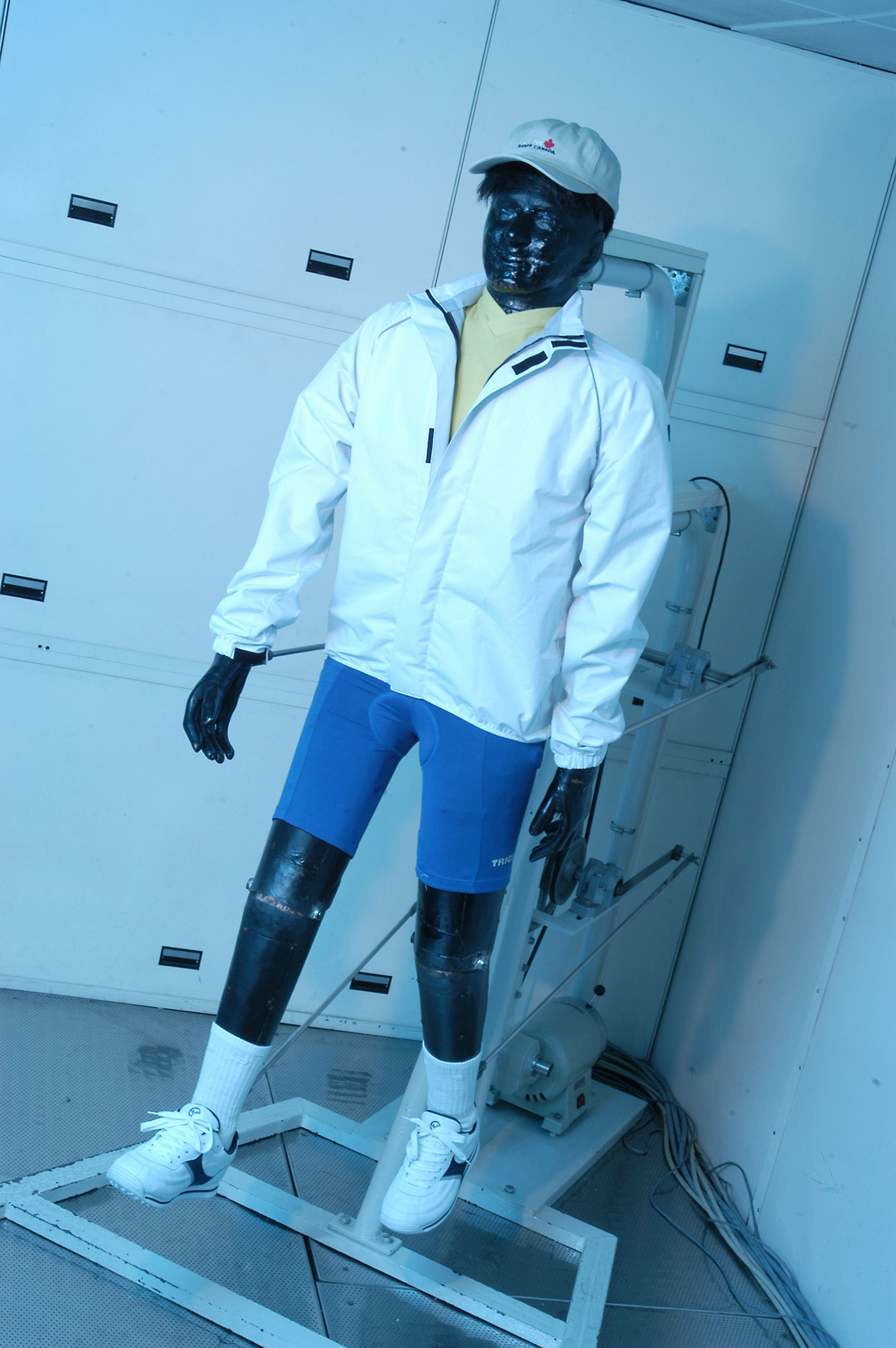
Not all masks are created equal says Hohenstein
Researchers at the Hohenstein Institute in Germany are helping local innovative manufacturers of sportswear fabrics to improve the functional properties of their knitted fabrics by developing practical construction guidelines. In a recently completed research project (AiF No. 15481 N), with funding from the Federal Ministry of Economics and Technology (BMWi) provided through the Federation of Industrial Research Associations (AIF), the scientists drew specific con

6th July 2010
Innovation in Textiles
|
Bönnigheim
 Researchers at the Hohenstein Institute in Germany are helping local innovative manufacturers of sportswear fabrics to improve the functional properties of their knitted fabrics by developing practical construction guidelines.
Researchers at the Hohenstein Institute in Germany are helping local innovative manufacturers of sportswear fabrics to improve the functional properties of their knitted fabrics by developing practical construction guidelines.
In a recently completed research project (AiF No. 15481 N), with funding from the Federal Ministry of Economics and Technology (BMWi) provided through the Federation of Industrial Research Associations (AIF), the scientists drew specific conclusions about the physiological comfort characteristics of a variety of different types of knitted garments.
The textile industry is to use the construction guidelines that resulted from the research work to continue developing and optimising functional clothing for all kinds of sports.
The research project entailed investigating a total of 34 different knitted fabrics in respect of their thermo-physiological characteristics and the samples varied in terms of their fibres (PES, PP, PA, WO and CO and some mixed fibres), weight per unit area (100 to 329g), surface finish (hydrophilic, bioactive) and knit structure (e.g. single-jersey or pique).
According to Hohenstein, specially selected representative samples were tested in controlled trials involving volunteers wearing them in a climate-controlled room. The skin model was used to measure thermo physiological properties, i.e. how heat and moisture are transported through the textile.
When the data was combined with the results of skin sensory testing, it was possible to work out a comfort rating for each sample. The textiles were assessed along the lines of the German school marks system, from 1 = "very good" to 6 = "unsatisfactory".
According to the research, on average, all of the knitted sports textiles that were investigated received marks that were satisfactory or better for sports textile comfort (TK(S)). Nine samples were awarded marks of 1.0 to 1.5 (= "very good").
Chemical fibres were said to be at a distinct advantage when it came to transporting liquid perspiration and the way they dried. On the other hand, the natural fibre samples made of wool and cotton had the edge when it came to retaining perspiration, Hohenstein says.
“Comparing pairs of samples of textiles where the main fibre was polyamide, but with and without a hydrophilic finish, showed that the hydrophilic finish had a negative effect on the level of comfort, because the fabric took longer to dry. However, applying a hydrophilic finish to samples made of propylene or a mixture of cotton and polypropylene gave a better result for comfort because they did not stick to the skin so much,” a spokesperson said.
Contact: Hohenstein Institute, Martin Harnisch, [email protected]

Business intelligence for the fibre, textiles and apparel industries: technologies, innovations, markets, investments, trade policy, sourcing, strategy...
Find out more